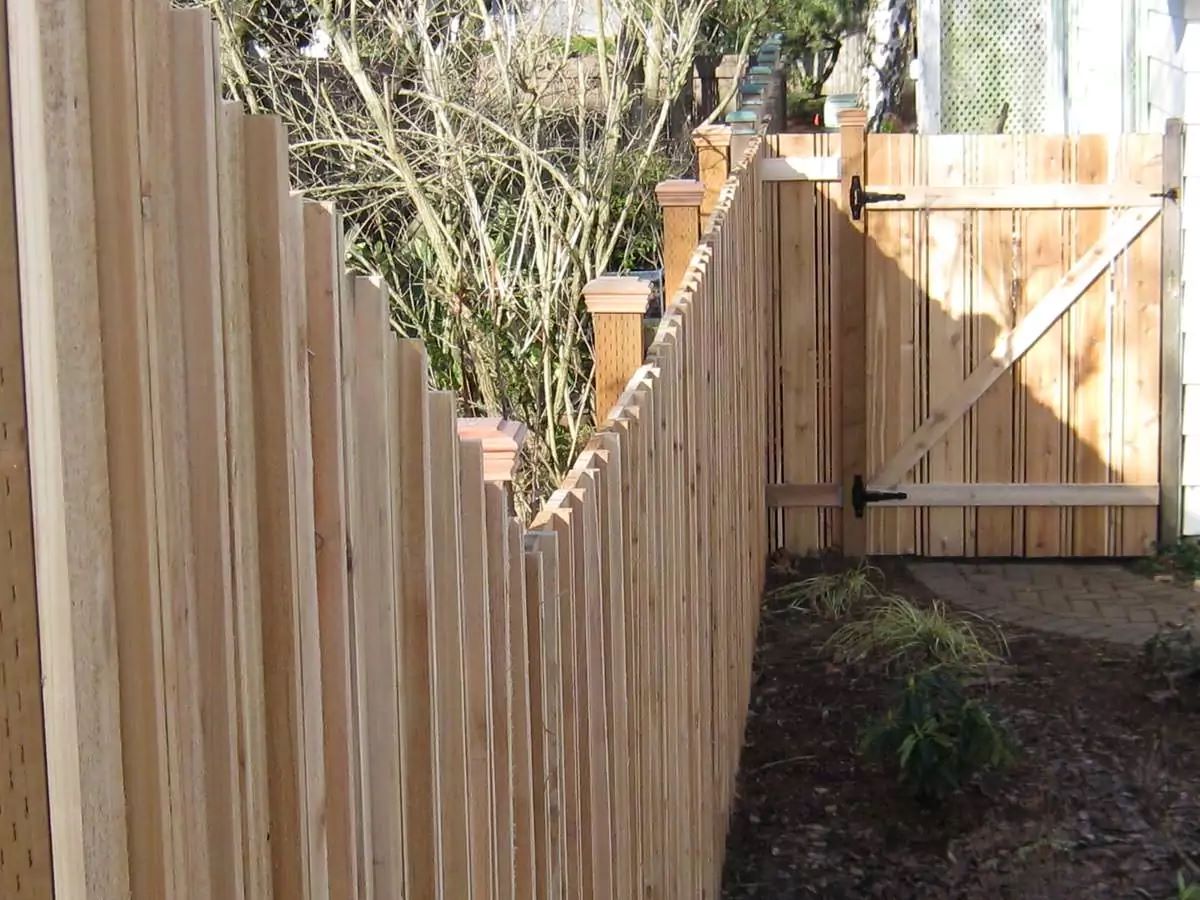

Articles
Who Pays For Fence Between Neighbors
Modified: January 24, 2024
Discover who is responsible for paying for a fence between neighbors in this informative article. Learn about the legalities and rights associated with fence ownership and maintenance.
(Many of the links in this article redirect to a specific reviewed product. Your purchase of these products through affiliate links helps to generate commission for Storables.com, at no extra cost. Learn more)
Introduction
Living in close proximity to neighbors often involves shared boundaries and shared responsibilities. One common issue that arises between neighbors is the construction and maintenance of fences. While fences can provide privacy, security, and delineation of property lines, they can also become a subject of contention when it comes to the question of who pays for them.
In this article, we aim to provide clarity on the matter of sharing the cost of fences between neighbors. We will explore the legal responsibilities, common disputes and their resolutions, local regulations and laws, as well as alternative options and approaches to handling this issue in a fair and amicable manner.
Understanding the dynamics and expectations surrounding shared fences is crucial to maintaining harmonious relationships with neighbors. By being aware of your rights and obligations, you can navigate potential conflicts and find mutually beneficial solutions when it comes to the financial aspects of fence construction and upkeep.
Key Takeaways:
- Shared fences require open communication, mutual agreement, and understanding of legal responsibilities to maintain positive neighborly relationships and navigate financial responsibilities effectively.
- Exploring alternative options, seeking professional help, and engaging in mediation can alleviate disputes and foster fair cost-sharing arrangements between neighbors regarding shared fences.
Understanding Shared Fences
Shared fences, also known as boundary fences, are fences that are erected on the property line between two neighboring properties. They serve the purpose of separating the properties and may provide privacy, security, or aesthetic appeal. It is important to note that shared fences are typically owned jointly by both neighbors, and thus any decisions regarding the fence should be made in consultation with each other.
When it comes to understanding shared fences, there are a few key points to consider:
- Mutual ownership: In most cases, both neighbors have equal ownership and responsibility for the fence. This means that any decisions regarding the construction, repair, or replacement of the fence should be made together. It is important to maintain open lines of communication and come to a mutual agreement on any modifications or repairs that need to be done.
- Maintenance and upkeep: The responsibility for maintaining the fence is usually shared as well. This includes regular maintenance tasks such as painting, staining, and cleaning. Both neighbors should contribute equally to the upkeep of the fence to ensure its longevity and appearance.
- Financial responsibility: The question of who pays for the fence can vary depending on local laws, agreements, and the specific circumstances. In some cases, the cost may be split evenly between the neighbors. In other instances, the neighbor who benefits the most from the fence (i.e., the one who gains the most privacy or security) may bear a higher percentage of the cost.
- Benefit factors: Factors such as the purpose of the fence, the degree of benefit each neighbor receives, and the property value enhancement that the fence provides are often taken into consideration when determining the financial responsibility. Open and honest discussions can help reach a fair and amicable agreement.
It is crucial to have a clear understanding of the ownership, maintenance, and financial responsibility of a shared fence to avoid misunderstandings and conflicts in the future. By establishing open lines of communication and fostering a spirit of cooperation, neighbors can work together to create a harmonious and aesthetically pleasing environment.
Legal Responsibilities
When it comes to shared fences, it is essential to understand the legal responsibilities that come into play. These responsibilities can vary depending on local laws, regulations, and any specific agreements between neighbors. Here are some key aspects to consider:
- Boundary lines: The first step in determining legal responsibilities is to accurately establish the boundary lines between properties. Boundary surveys conducted by licensed surveyors can help in identifying and marking the precise location of the property line. This ensures that the shared fence is constructed on the correct boundary and avoids any potential disputes in the future.
- Fence ownership: In most cases, shared fences are considered joint property, with both neighbors having an equal ownership stake. This means that both neighbors are responsible for the fence’s maintenance, repairs, and any necessary replacements.
- Local regulations: It is crucial to familiarize yourself with the local regulations pertaining to fences. Some areas may have specific rules regarding fence heights, materials, or even the placement of the fence in relation to the property line. Failure to comply with these regulations can lead to legal repercussions and potential fines.
- Neighbor disputes: If a dispute arises between neighbors regarding the shared fence, it is advisable to try and resolve the issue amicably before resorting to legal action. Engaging in open and honest communication can often lead to mutually agreeable solutions.
- Mediation and legal recourse: In situations where disputes cannot be resolved through communication, mediation or legal action may be necessary. Mediation involves a neutral third party helping to facilitate a resolution between neighbors. If mediation fails or is not an option, seeking legal advice is the next step to explore the available legal recourse.
Understanding your legal responsibilities when it comes to shared fences is crucial in avoiding potential conflicts and ensuring compliance with local regulations. By being aware of the laws in your area and engaging in open communication with your neighbor, you can promote a positive and cooperative relationship when it comes to fence ownership and maintenance.
Mutual Agreement
When it comes to the shared responsibility of fences between neighbors, reaching a mutual agreement is key to avoid disputes and maintain a harmonious relationship. Here are some strategies to help establish a fair and mutually beneficial agreement:
- Open communication: Start by initiating an open and honest conversation with your neighbor about the fence. Discuss your intentions, concerns, and desired outcomes. Listen to their perspective and try to understand their needs and preferences. Clear and respectful communication lays the foundation for finding common ground.
- Assess the situation: Evaluate the condition of the existing fence or discuss the need for a new fence together. By assessing the situation together, you can determine the necessary repairs, replacements, or additions required and the associated costs.
- Explore options: Consider different fence materials, designs, and costs. Explore the market and gather information about the available options. Discuss the benefits and drawbacks of each option and find a solution that aligns with both parties’ preferences and budgets.
- Allocate financial responsibility: Reach a consensus on how to divide the costs. This can be done in various ways, such as splitting the expenses equally, proportionally based on property size, or considering factors like the degree of benefit received from the fence. The important thing is to reach an agreement that feels fair to both parties.
- Put the agreement in writing: Once you have reached a mutual agreement, it is advisable to put it in writing. This could be in the form of a simple contract or a letter of understanding signed by both neighbors. This written agreement will serve as a reference point in case any disputes or misunderstandings arise in the future.
Remember that reaching a mutual agreement requires compromise and flexibility. Be open to considering different viewpoints, and focus on finding a solution that satisfies both parties. Actively listen to your neighbor’s concerns and be willing to make adjustments if necessary.
By working together and reaching a mutual agreement, you can ensure a positive and cooperative relationship with your neighbor, making the process of sharing the responsibility for fences a smooth and harmonious one.
Common Disputes and Resolutions
While sharing the responsibility for fences with neighbors can often be a harmonious process, disputes can arise due to differing opinions, financial constraints, or maintenance issues. Here are some common disputes and ways to resolve them:
- Disagreements on fence type: One common dispute arises when neighbors have different preferences for the type of fence. One neighbor may prefer a privacy fence, while the other may prefer a decorative fence. To resolve this, it is important to find a compromise that satisfies both parties. Consider options that combine privacy and aesthetics, or explore alternative styles that meet both neighbors’ needs.
- Financial constraints: Financial limitations can also lead to disputes when it comes to fence-related expenses. If one neighbor is unable to contribute as much financially, options such as cost-sharing or identifying more affordable materials can be explored. It is essential to have an open and understanding discussion about financial constraints and work together to find a solution that accommodates both parties.
- Maintenance responsibilities: Disputes can arise when one neighbor neglects their maintenance responsibilities, leading to a deteriorating fence. To address this, it is important to have a conversation about the importance of regular maintenance and establish a schedule or agreement that outlines each neighbor’s responsibilities. Regular inspections and joint maintenance efforts can help prevent future conflicts.
- Unauthorized modifications: Sometimes, a neighbor might make modifications or alterations to the shared fence without consulting the other party. This can cause tensions and disputes. To resolve this, it is important to establish clear communication channels and agree on any modifications before proceeding. If unauthorized modifications occur, address the issue calmly and discuss the necessary steps to rectify the situation.
- Encroachment or boundary disputes: In some cases, disputes arise when there are questions or disagreements about the exact location of the property line. This can lead to complications when it comes to installing or maintaining a shared fence. It is advisable to seek professional assistance, such as a boundary survey, to accurately determine the property line and resolve any encroachment or boundary disputes.
The key to resolving common disputes related to shared fences is open communication, flexibility, and a willingness to compromise. By actively listening to one another and exploring mutually beneficial solutions, neighbors can maintain a positive and respectful relationship while effectively addressing any concerns or disagreements that may arise.
In most cases, neighbors are expected to split the cost of a fence between their properties. It’s best to have a discussion and come to an agreement before installing the fence. If there are any disputes, check your local laws and regulations for guidance.
Local Regulations and Laws
When considering shared fences, it is important to familiarize yourself with the local regulations and laws that govern fence installation, maintenance, and disputes. Every jurisdiction may have different rules and requirements, so understanding the local regulations is crucial to avoid potential legal issues. Here are some key factors to consider:
- Permits and approvals: Some areas require a permit or approval for fence installation. Check with your local municipal or building department to determine if a permit is needed. Failure to comply with permit requirements can result in fines or having to remove the fence.
- Height restrictions: Local regulations often specify maximum fence heights for different areas of the property. It is important to know these height restrictions as exceeding them can violate local laws and result in penalties.
- Material restrictions: Certain areas may have restrictions on the type of materials that can be used for fences. This can include considerations such as fire resistance, visibility, or environmental impact. Be aware of any restrictions to ensure compliance.
- Setback requirements: Setback requirements dictate how far a fence must be installed from the property line or other structures. Ensure you are aware of these setback requirements to avoid violating local regulations.
- Boundary disputes: In situations where there are disputes regarding the location of the property line or encroachments, local laws and regulations may provide guidance on how to resolve these issues. Seek legal advice or consult the local authorities to understand the proper procedures for resolving boundary disputes.
- Homeowner association rules: If you live in a community governed by a homeowner association (HOA), there may be additional rules and regulations regarding fence installation, appearance, and maintenance. Familiarize yourself with the HOA rules to ensure compliance.
- Mediation and legal proceedings: Local regulations may provide mechanisms for resolving fence-related disputes, such as mediation services or small claims court. Understanding the available legal recourse can be helpful if conflicts cannot be resolved amicably.
It is essential to thoroughly research and understand the local regulations and laws governing fences in your area. This will help you avoid potential fines or legal complications and ensure that your shared fence is in compliance with all necessary requirements.
Boundary Surveys and Professional Help
When it comes to shared fences and determining property boundaries, boundary surveys and professional assistance can play a crucial role in ensuring accuracy, resolving disputes, and maintaining good neighborly relations. Here are some key points to consider:
- Boundary survey: A boundary survey is a detailed assessment conducted by licensed surveyors to accurately determine the property lines. This survey helps establish the exact location of the boundaries, ensuring that the shared fence is constructed on the correct boundary and avoiding any potential disputes or encroachments. A boundary survey provides legal certainty and can serve as a basis for any future disputes.
- Professional assistance: If you are unsure about property lines or have concerns about shared fences, seeking professional help from surveyors, attorneys or mediators can be beneficial. These professionals have the expertise to assess the situation, provide accurate information, and guide you through the process of resolving any disputes or conflicts amicably.
- Mediation services: In cases where there are disagreements or conflicts between neighbors regarding shared fences or property boundaries, mediation services can provide a neutral platform for discussion, negotiation, and resolution. Mediators act as impartial facilitators, helping neighbors come to a mutual agreement and avoid costly legal proceedings.
- Legal advice: If disputes persist or legal action becomes necessary, consulting an attorney with expertise in property law can provide valuable guidance. An attorney can help you understand your rights, navigate through legal processes, and represent your interests in court if required.
- Neighborly cooperation: It is important to approach the process of boundary surveys and seeking professional help with a spirit of cooperation and respect for your neighbor. Openly communicate your intentions and discuss the reasons behind involving professionals. By involving your neighbor in the process and fostering a collaborative environment, you can minimize tensions and work towards a mutually beneficial outcome.
Boundary surveys and professional assistance can provide clarity and legal certainty when it comes to shared fences and property boundaries. By relying on expert advice and involving professionals when necessary, you can help prevent misunderstandings, resolve disputes, and ensure a positive and respectful relationship with your neighbors.
Alternative Options and Cost-sharing
When it comes to sharing the costs of fences between neighbors, there are alternative options and approaches that can help alleviate financial burdens and foster a fair and cooperative arrangement. Here are some alternative options and cost-sharing strategies to consider:
- Building a joint fence: Rather than constructing separate fences along the property line, neighbors can choose to build a single shared fence. This can help reduce costs by splitting the expenses evenly. Additionally, a joint fence can create a cohesive and uniform look, enhancing the overall aesthetics of the boundary.
- Sharing the cost of repairs: Instead of shouldering the full cost of repairs individually, neighbors can agree to split the expenses equally or in a proportionate manner. This can be especially beneficial in situations where the need for repairs arises due to wear and tear or external factors beyond either neighbor’s control.
- Cost-sharing based on benefit: If one neighbor benefits more from the fence, such as gaining increased privacy or security, it can be fair to consider a cost-sharing arrangement that reflects this benefit. Both neighbors can discuss and agree on a percentage of the cost based on the perceived benefits each receives from the fence.
- Volunteer labor: Friends, family members, or DIY enthusiasts within the neighborhood can contribute their time and skills to help with fence construction or repairs. By utilizing volunteer labor, the overall costs can be significantly reduced, making it more affordable for both neighbors.
- Group discounts: If multiple properties within the neighborhood require fences, neighbors can explore the option of obtaining group discounts from fencing contractors or suppliers. By combining their orders, neighbors can potentially negotiate better prices and lower the overall cost of materials and installation.
Open and honest communication is crucial when discussing alternative options and cost-sharing arrangements. It is important to consider each neighbor’s financial situation and find a solution that is fair and reasonable for both parties. By working together and exploring these alternative approaches, neighbors can share the financial responsibility of fences in an equitable manner.
Mediation and Neighborly Communication
When it comes to resolving disputes and maintaining a positive relationship with neighbors regarding shared fences, mediation and effective communication are key. Here are some strategies to promote successful mediation and foster neighborly communication:
- Engage in open dialogue: Initiate a conversation with your neighbor to address any concerns or disputes regarding the shared fence. Approach the discussion with an open mind and a willingness to listen to their perspective. Clear, respectful, and honest communication is essential in finding common ground and resolving conflicts.
- Choose a neutral mediator: If direct communication between neighbors proves challenging, consider involving a neutral third party as a mediator. Mediators can facilitate the conversation, ensure each side is heard, and help find mutually acceptable solutions. They provide an objective perspective and can guide both parties towards a fair resolution.
- Identify common goals: Focus on finding common goals and shared interests when discussing fence-related issues. By understanding each other’s perspectives and working towards a mutually beneficial outcome, you can build a foundation of trust and cooperation.
- Explore compromise and alternative solutions: Be willing to compromise and consider alternative solutions that meet both parties’ needs. This may involve exploring different fence materials, designs, or cost-sharing arrangements. The goal is to find a solution that is fair and reasonable for everyone involved.
- Maintain respect and empathy: It is essential to approach discussions with respect and empathy towards your neighbor. Understand that everyone has different circumstances and viewpoints. By practicing active listening and showing understanding, you can foster a positive atmosphere for finding resolutions.
- Put agreements in writing: Once a resolution is reached, it is advisable to document the agreed-upon terms and put them in writing. This can help prevent future misunderstandings and serve as a reference point if conflicts arise in the future. Ensure that both parties sign the agreement, indicating their consent and commitment to adhering to it.
- Continued communication: Even after reaching a resolution, maintain open lines of communication with your neighbor. Regularly check in on the status and condition of the shared fence to address any maintenance or repair needs promptly. Building a strong neighborly relationship requires ongoing communication and mutual respect.
By engaging in mediation and maintaining effective communication with your neighbor, you can navigate disputes and conflicts regarding shared fences in a constructive and amicable manner. Through dialogue, compromise, and understanding, you can reach mutually satisfactory solutions while preserving the harmony of the neighborhood.
Read more: Who Pays For The Home Inspection
Conclusion
Shared fences between neighbors can be a source of pride, security, and privacy, but they can also give rise to disputes and financial concerns. By understanding the legal responsibilities, exploring alternative options, and fostering open communication, neighbors can navigate the complexities of shared fence ownership while maintaining positive relationships.
It is essential to familiarize yourself with the local regulations and laws regarding fence construction, permits, and maintenance. Adhering to these guidelines can help you avoid legal complications and unnecessary disputes. Additionally, conducting a boundary survey and seeking professional assistance when needed can provide accuracy and clarity in establishing property lines and resolving boundary-related conflicts.
When it comes to addressing disputes and determining costs, open and respectful communication is key. Neighborly cooperation, compromise, and considering alternative options can alleviate financial burdens and foster shared responsibility. Whether it is cost-sharing arrangements, volunteer labor, or exploring group discounts, finding mutually agreeable solutions can ensure fairness and reduce tensions between neighbors.
If conflicts persist, seeking mediation or legal advice may be necessary. Mediation provides a neutral forum to facilitate discussion, negotiation, and resolution, while legal advice can guide you through any legal proceedings when all else fails. Remember, maintaining respectful communication with your neighbor is vital throughout the process, as it fosters understanding, empathy, and ultimately, a positive neighborly relationship.
In conclusion, shared fences require collaboration, compromise, and open communication between neighbors. By understanding your legal responsibilities, seeking professional help when needed, exploring alternative options, and nurturing a spirit of cooperation, you can successfully navigate shared fence ownership while preserving a harmonious and mutually beneficial relationship with your neighbors.
Frequently Asked Questions about Who Pays For Fence Between Neighbors
Was this page helpful?
At Storables.com, we guarantee accurate and reliable information. Our content, validated by Expert Board Contributors, is crafted following stringent Editorial Policies. We're committed to providing you with well-researched, expert-backed insights for all your informational needs.
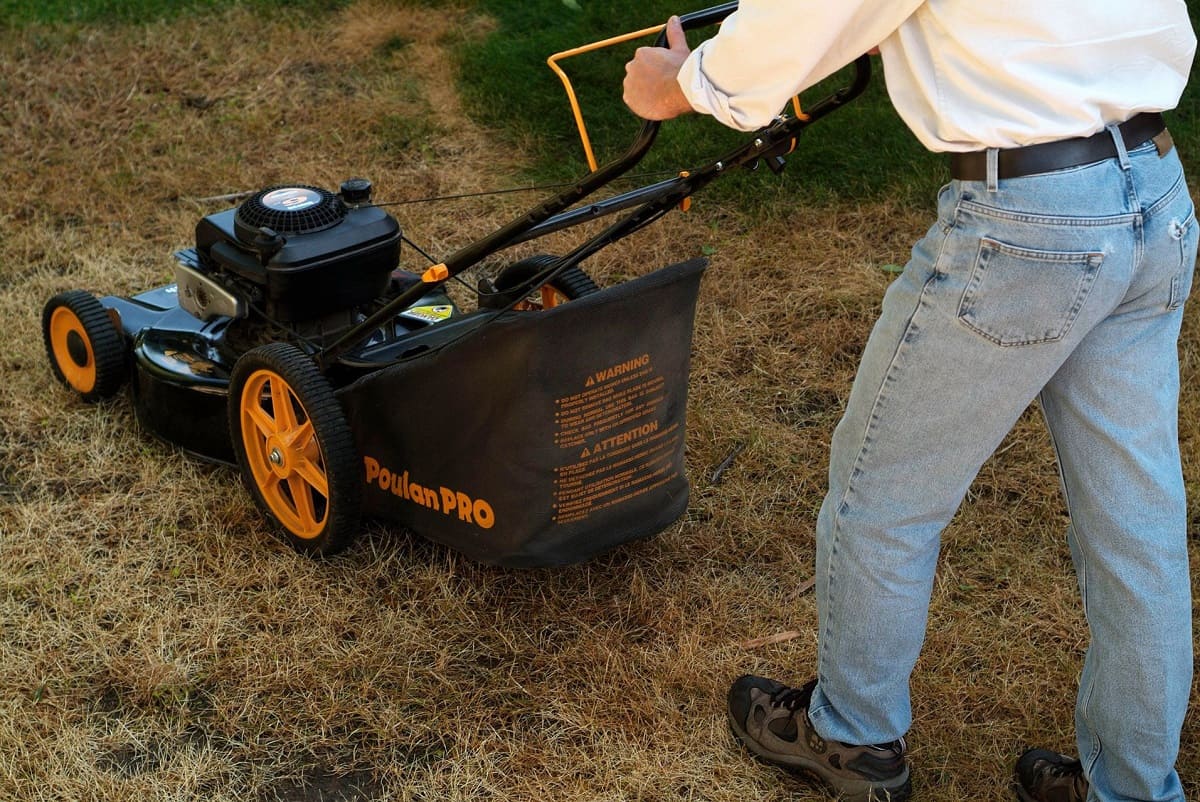



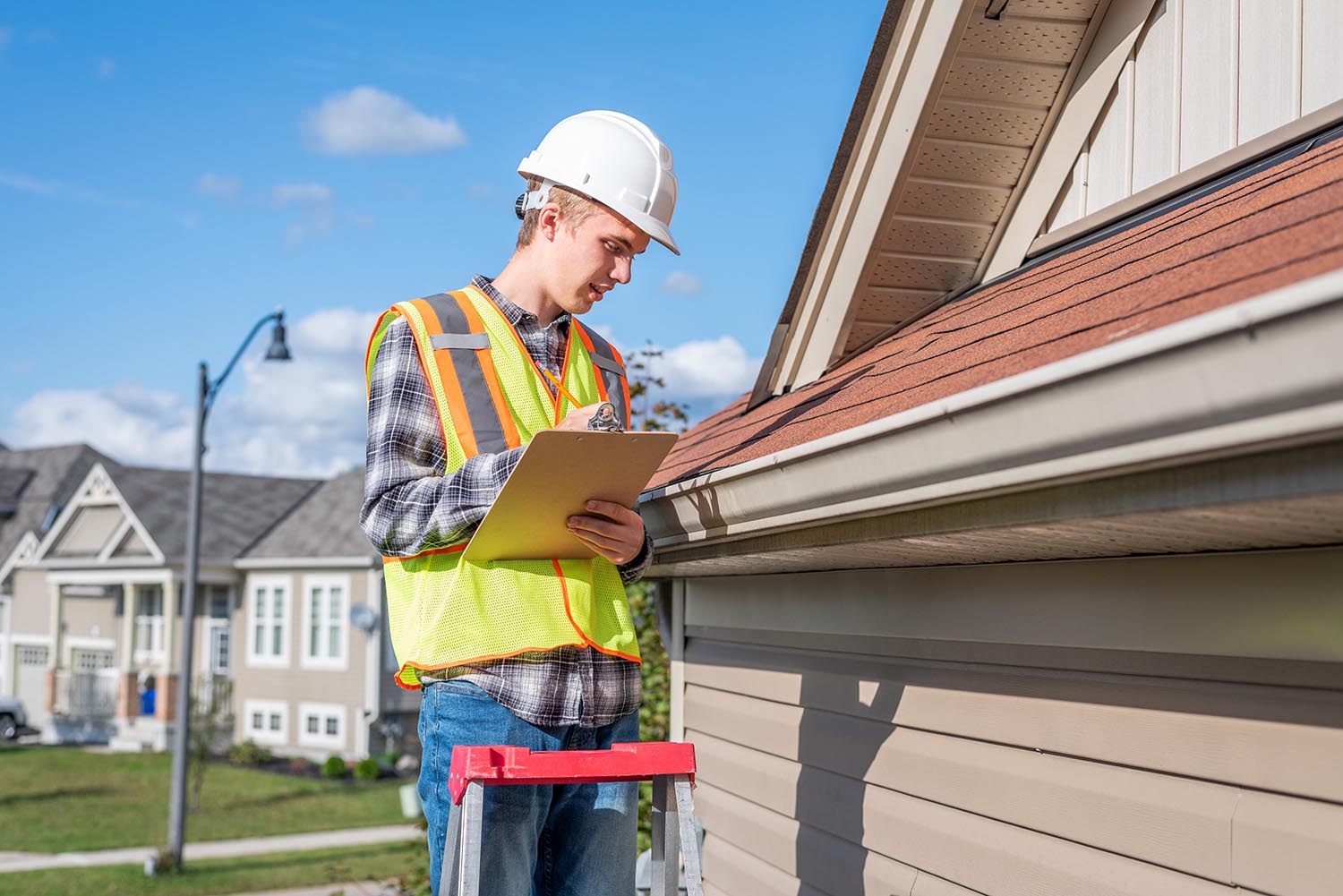
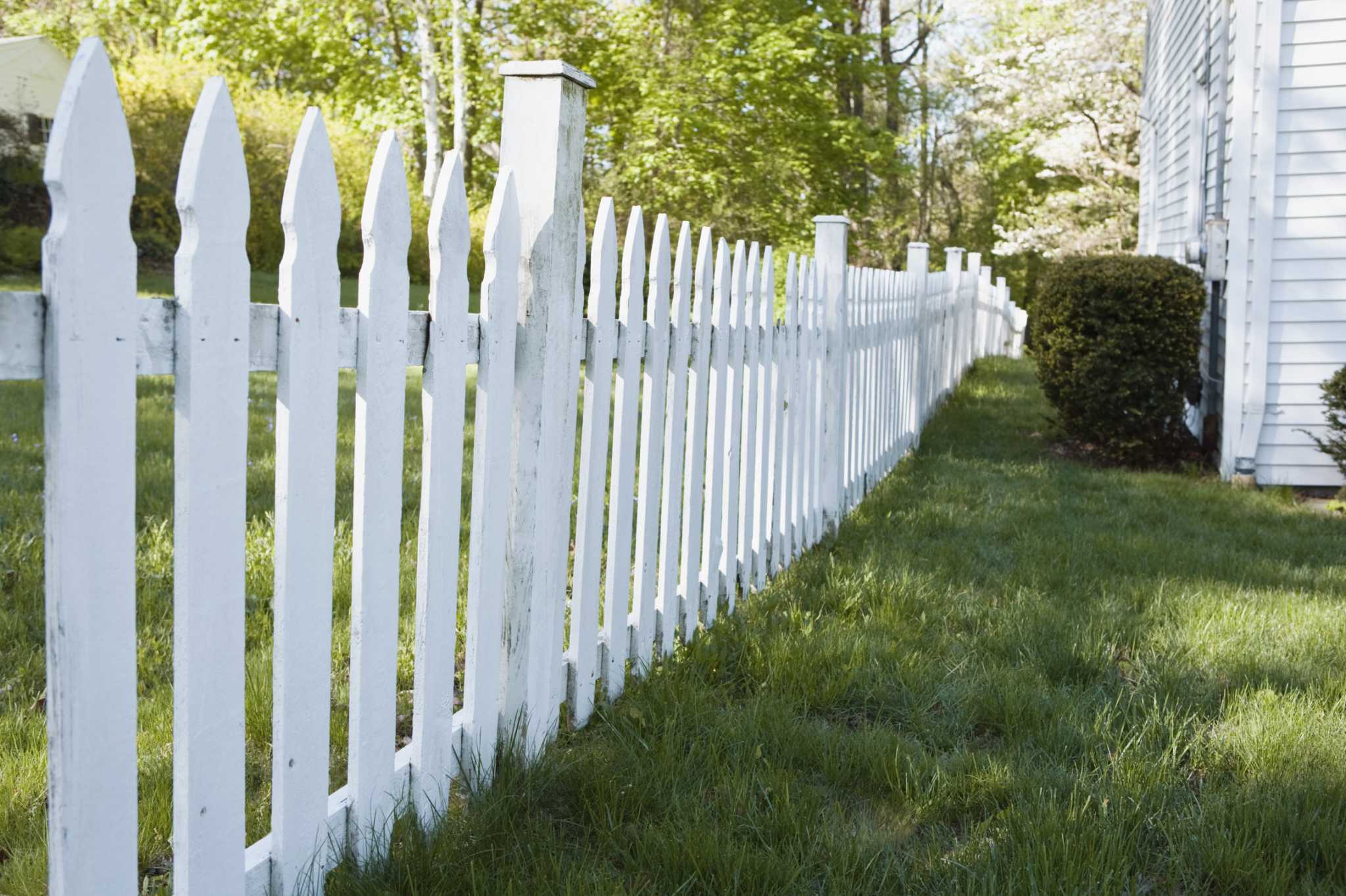



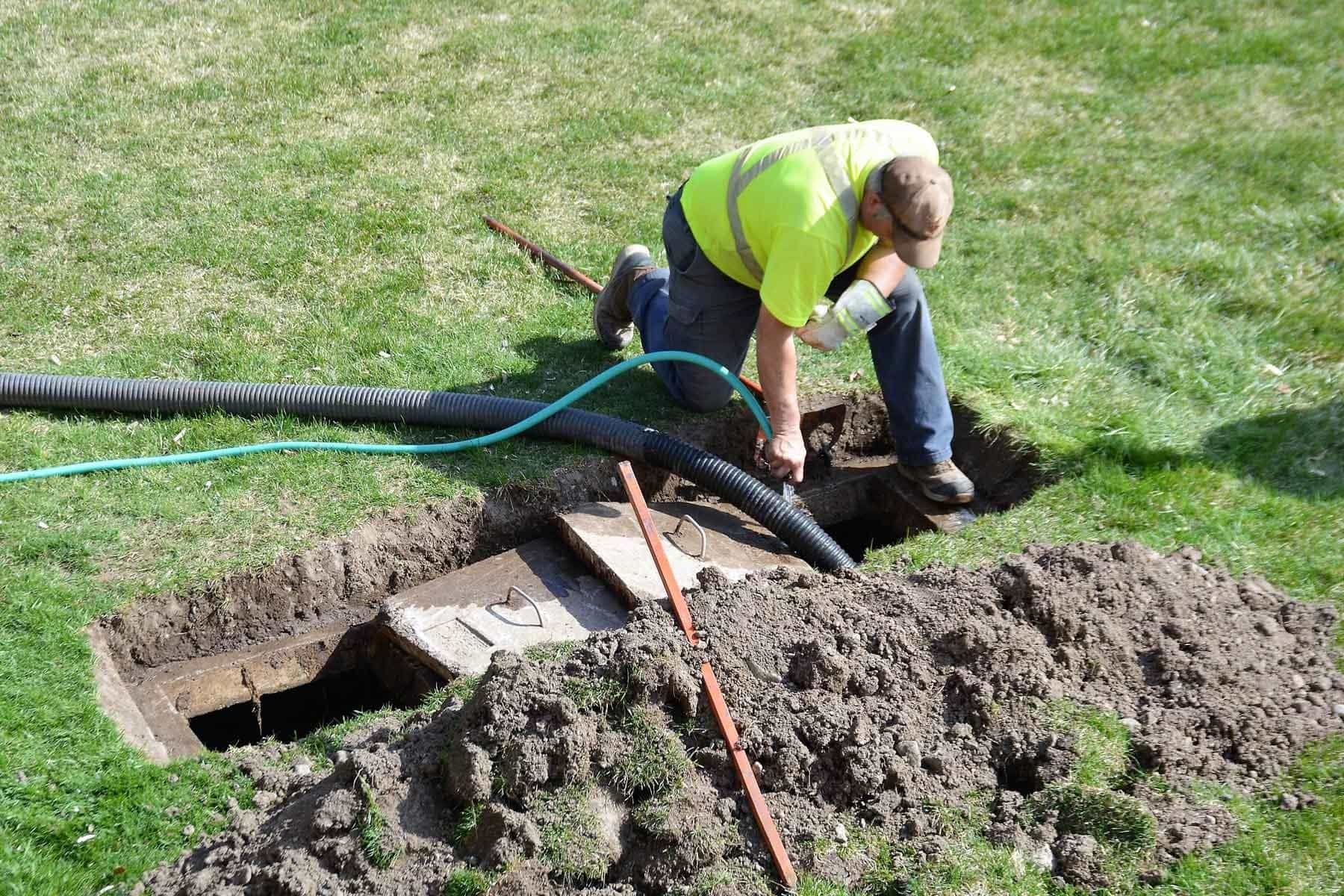




0 thoughts on “Who Pays For Fence Between Neighbors”